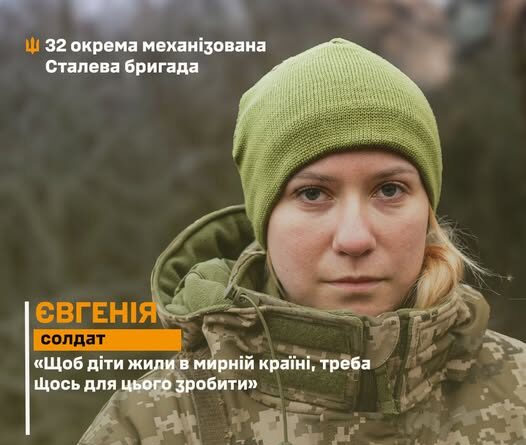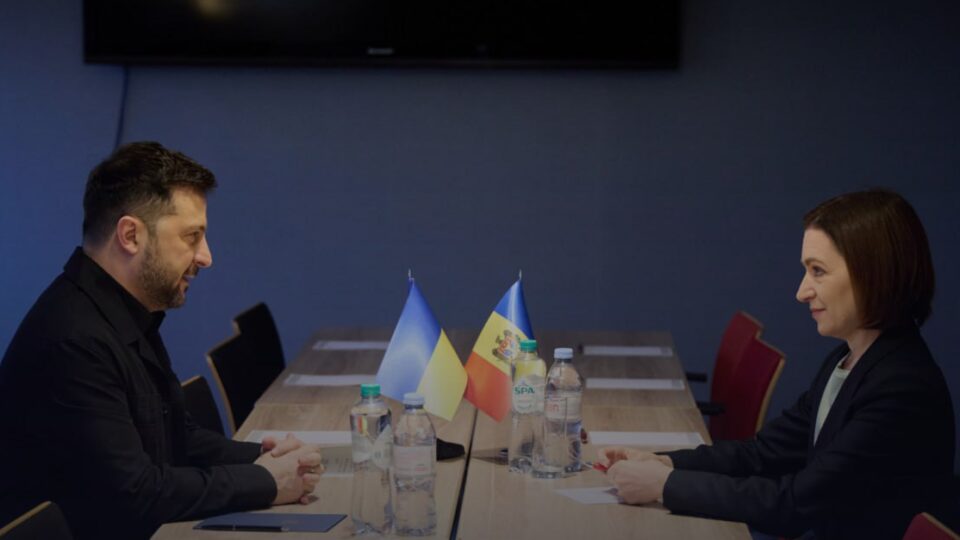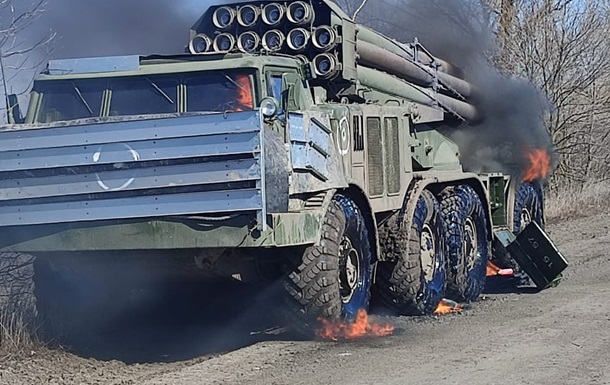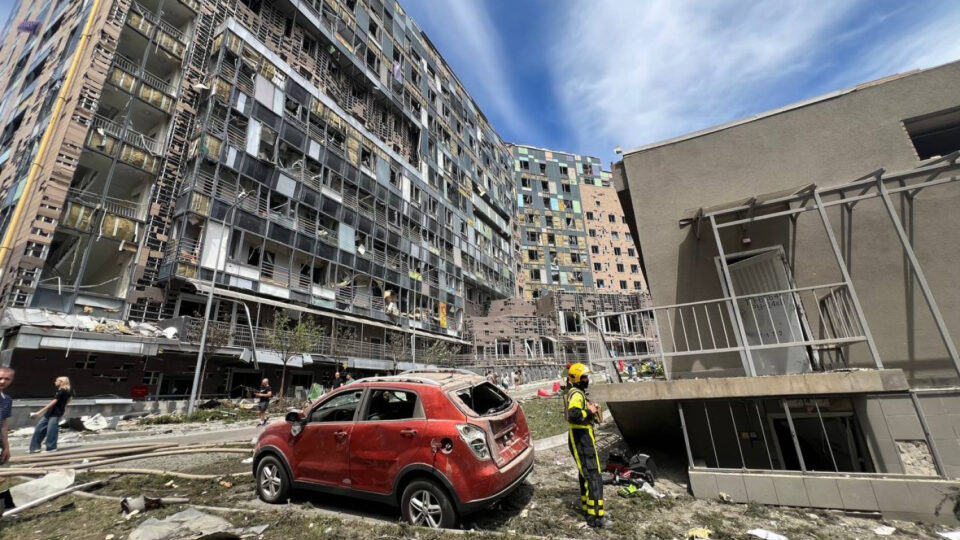In the past, flying drones were used successfully — and sometimes not so successfully — not only during wars but…

Measures to weaken Russia's military and economic potential continue: important elements of the Russian fuel industry in the Volgograd region, Bashkortostan, and drone production in the Belgorod region have been hit.
The General Staff of the Armed Forces of Ukraine reported this.
In order to reduce the offensive capabilities of the Russian army and complicate the supply of fuel to the occupiers’ units, Ukraine’s Defense Forces struck the territory of the Gazprom Neftekhim Salavat oil refinery in Bashkortostan during the night of September 24.
According to preliminary information, the ELU-AVT-6 crude oil distillation unit was hit. A fire continues at the plant.
This enterprise processed up to 10 million tons of oil annually and is a key producer of liquid rocket fuel in Russia.
The Defense Forces also struck important facilities in Volgograd Oblast, Russia, which are involved in supplying the occupying army.
In particular, fire engulfed the Kuzmichi-1 oil pumping station, part of the transport system for crude oil to Russia’s southern regions. In addition, the Zenzevatka oil pumping station was hit, which ensures the transportation of oil through the Kuibyshev–Tikhoretsk trunk pipeline.
Furthermore, last night, Ukrainian Defense Forces units, in order to disrupt the production of unmanned aerial vehicles and reduce the enemy’s combat capabilities, struck a UAV production facility in Valuyki, Belgorod Oblast, Russia. Hits and a fire were recorded.
The results and extent of the damage are being clarified.
A previous mission was also confirmed as successful.
On September 22, Ukraine’s long-range assets struck the Astrakhan Gas Processing Plant (Aksaraysky settlement, Astrakhan Oblast, Russia) — a facility with an annual capacity of 12 billion cubic meters of gas. Production areas were damaged, causing a partial shutdown of operations.
This GPP is one of the largest gas chemical complexes in the world and the main producer of sulfur for explosives in Russia, accounting for up to 66% of Russian production. The annual volume of petroleum product processing at the Astrakhan GPP reaches up to 3.2 million tons.
As a result of the strike, the production of motor fuel at the complex was also halted. The St. Petersburg Commodity Exchange has since Monday suspended trading of wholesale fuel batches from the Astrakhan GPP.
According to information from Robert Brovdi, Commander of the Special Forces of the Ukrainian Armed Forces, local Astrakhan community channels reported the complete evacuation of personnel, while travel agencies began selling tours to an observation deck nearby, in Novourusovka.
English translation generated by Artificial Intelligence.
@armyinformcomua

Nineteen-year-old Yevheniia from Ternopil region has joined the ranks of the 32nd Separate Mechanized Steel Brigade. She entered military service under the “Contract 18–24” program, making a conscious choice in favor of the Armed Forces of Ukraine.

President of Ukraine Volodymyr Zelenskyy held a meeting in The Hague with President of Moldova Maia Sandu.

On the night of December 16, units of the Special Operations Forces of the Armed Forces of Ukraine carried out precision strikes against enemy targets in the temporarily occupied territory of Donetsk region.

On December 16, a diplomatic conference on compensation for Ukraine for damage caused by Russia’s full-scale aggression will take place in The Hague, the Netherlands.

The strike by underwater drones on a Black Sea Fleet submarine in Novorossiysk was historic. The day of the attack became a milestone that once again changed the course of this war.

Today, the 32nd meeting of the Ukraine Defense Contact Group (Ramstein format) will take place via video link.
In the past, flying drones were used successfully — and sometimes not so successfully — not only during wars but…